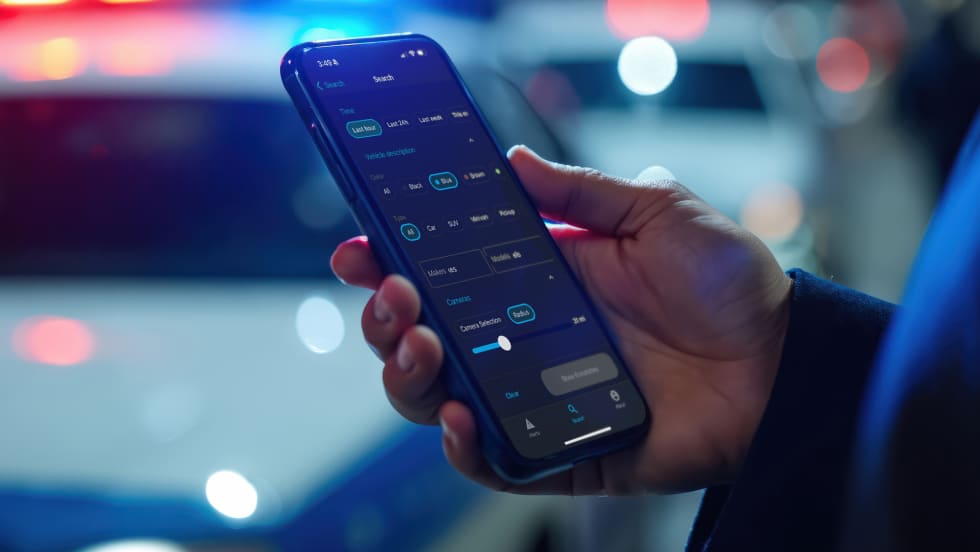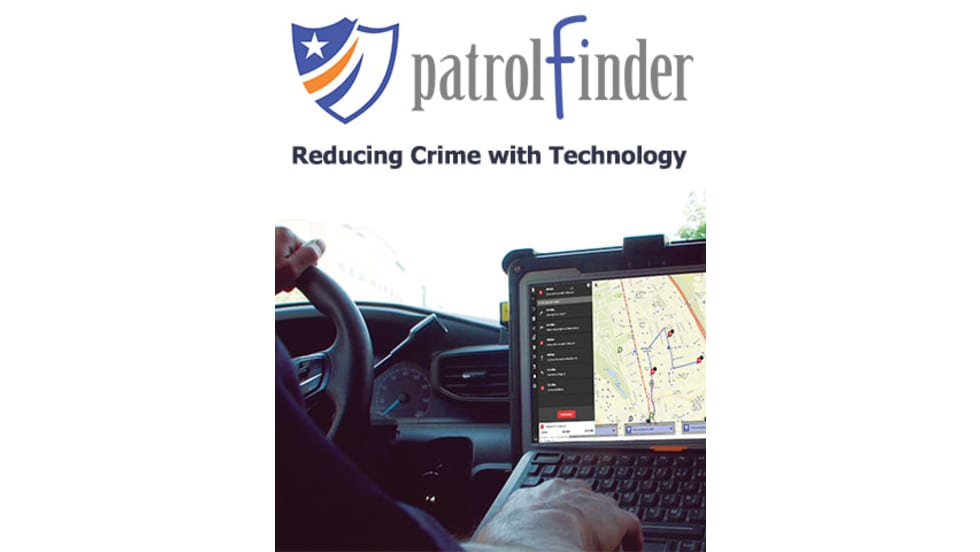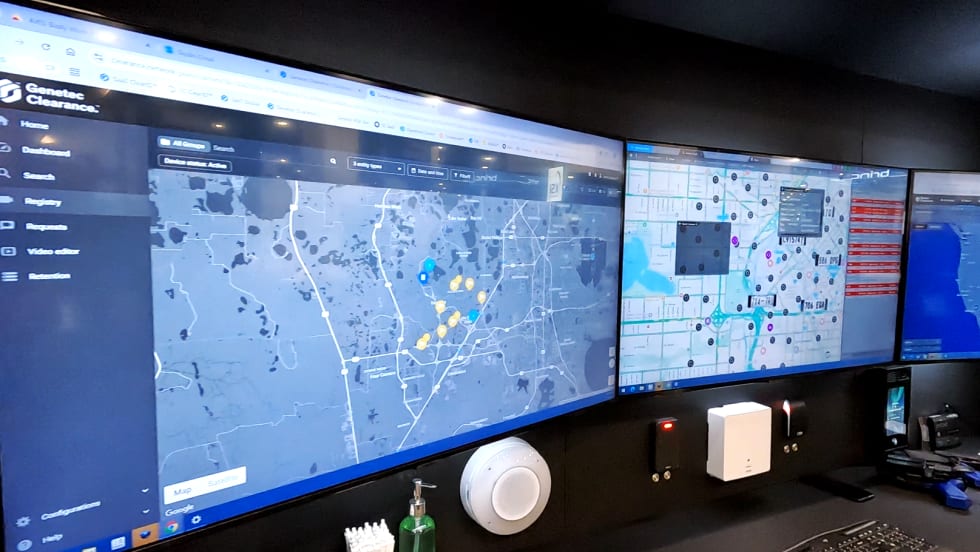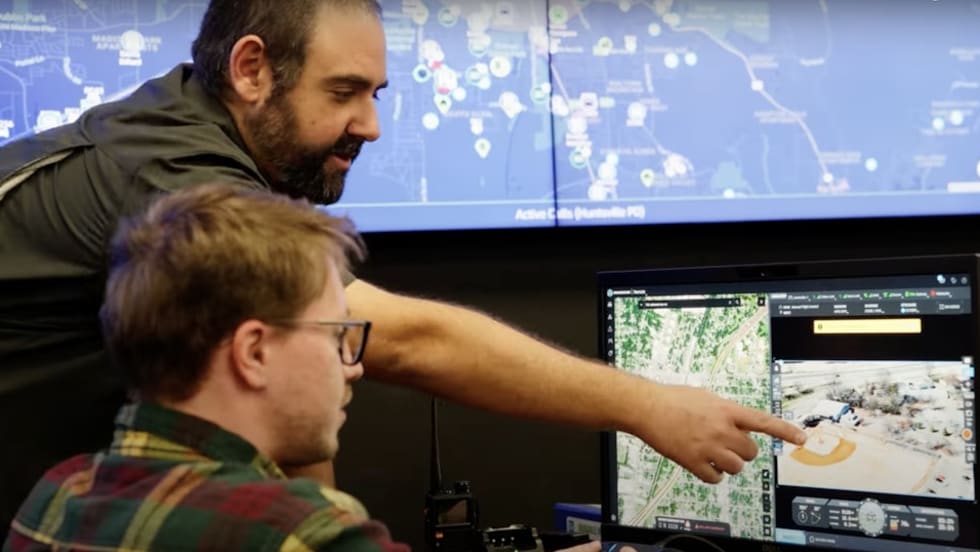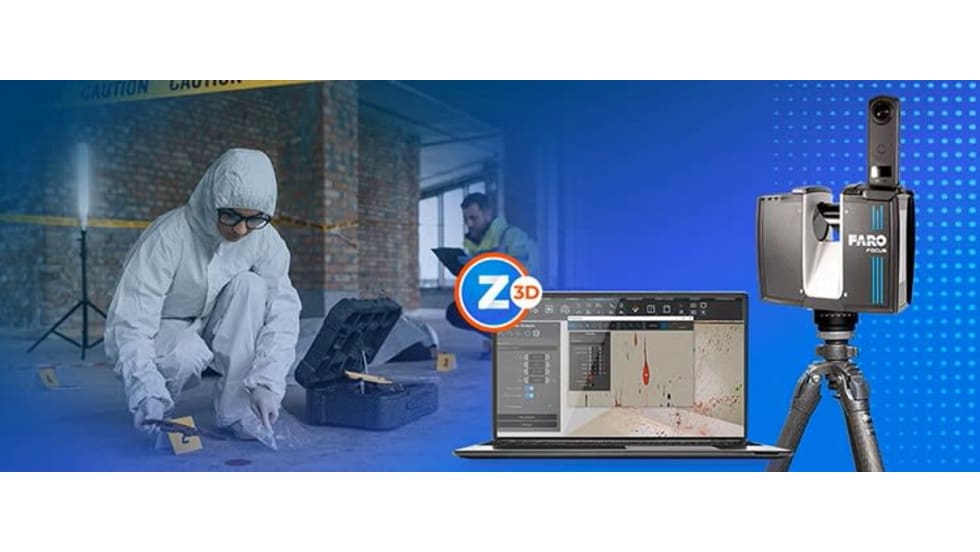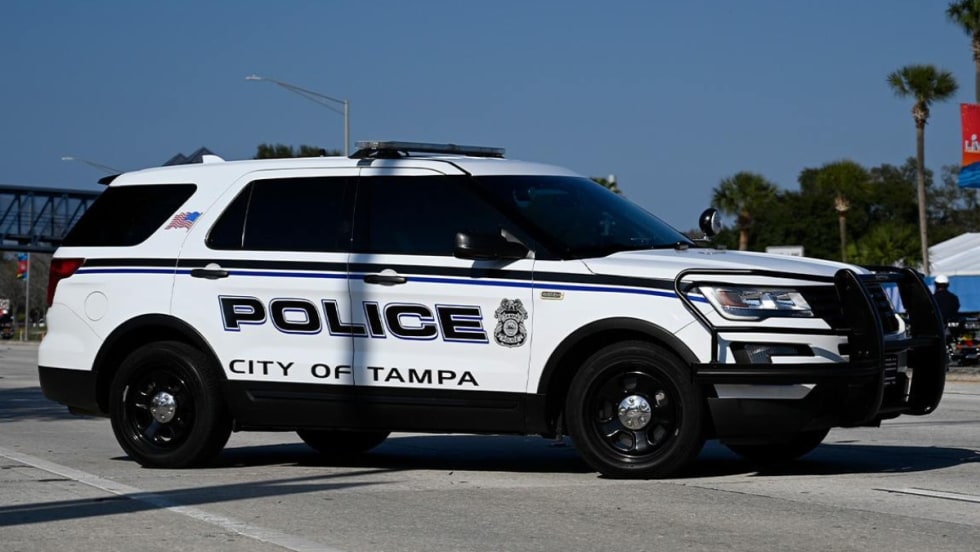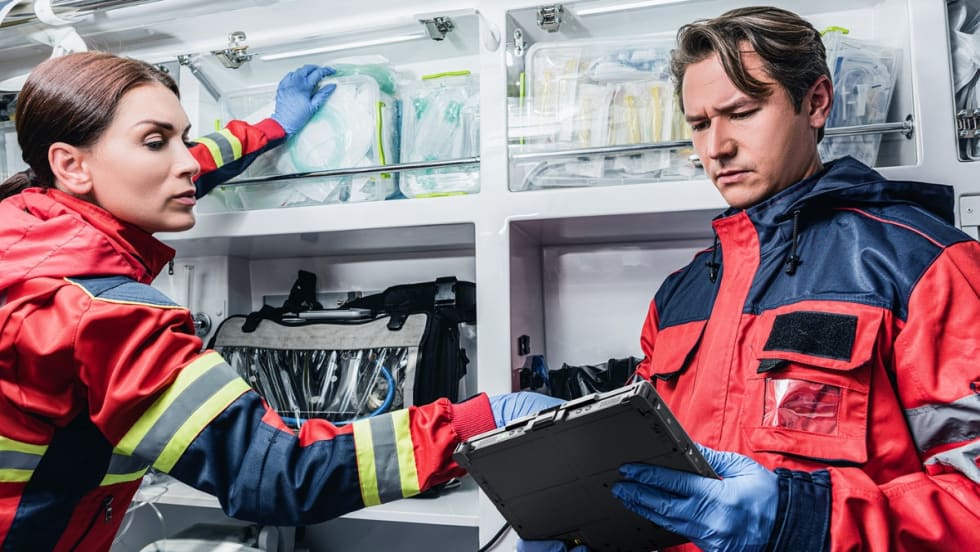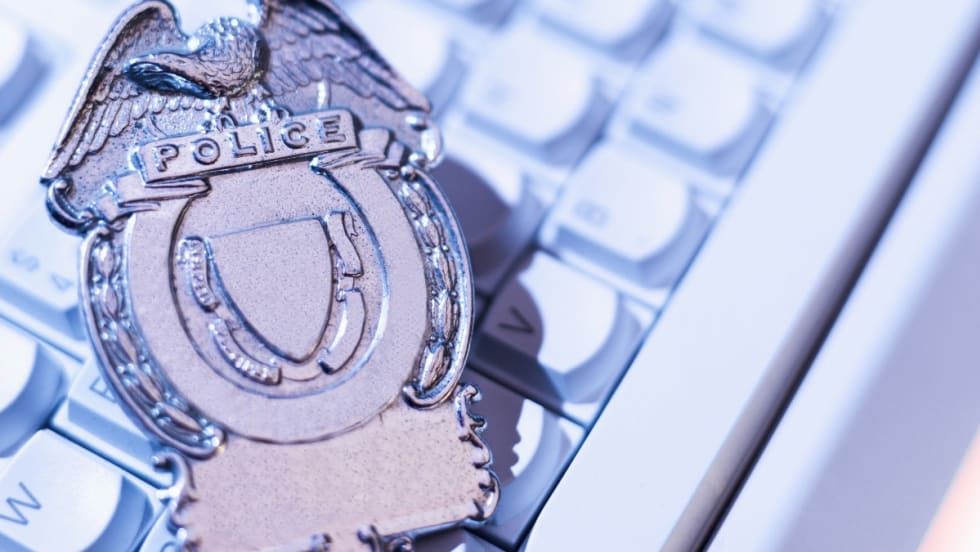DNA testing is a complicated thing. But it's nowhere near as complicated as it used to be. Back in the earliest days of the technology in the late 1980s, DNA scientists would manually collect a sample from a molecule, then divide that sample into segments. These segments would be treated with enzymes then arranged by size and marked with probes before being exposed on X-ray film. When two samples matched, the likelihood was that they came from the same source.
The X-ray film DNA matching technique is known as Restriction Fragment Length Polymorphism (RFLP), and it was both labor intensive and time consuming, with testing procedures taking upwards of 12 weeks. It was also quite expensive.


